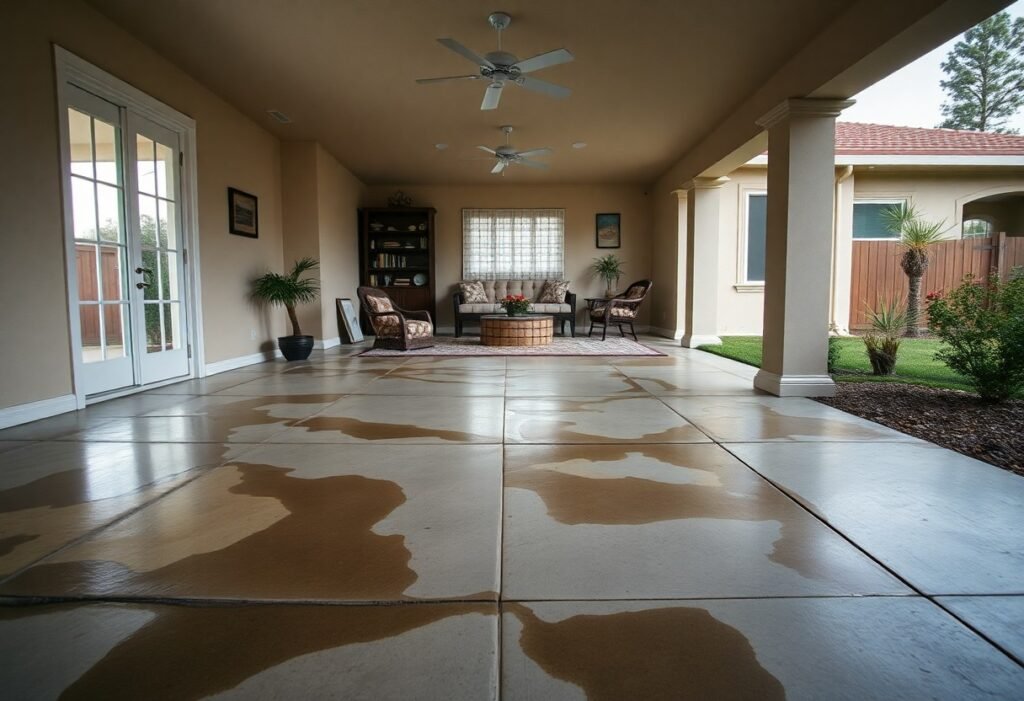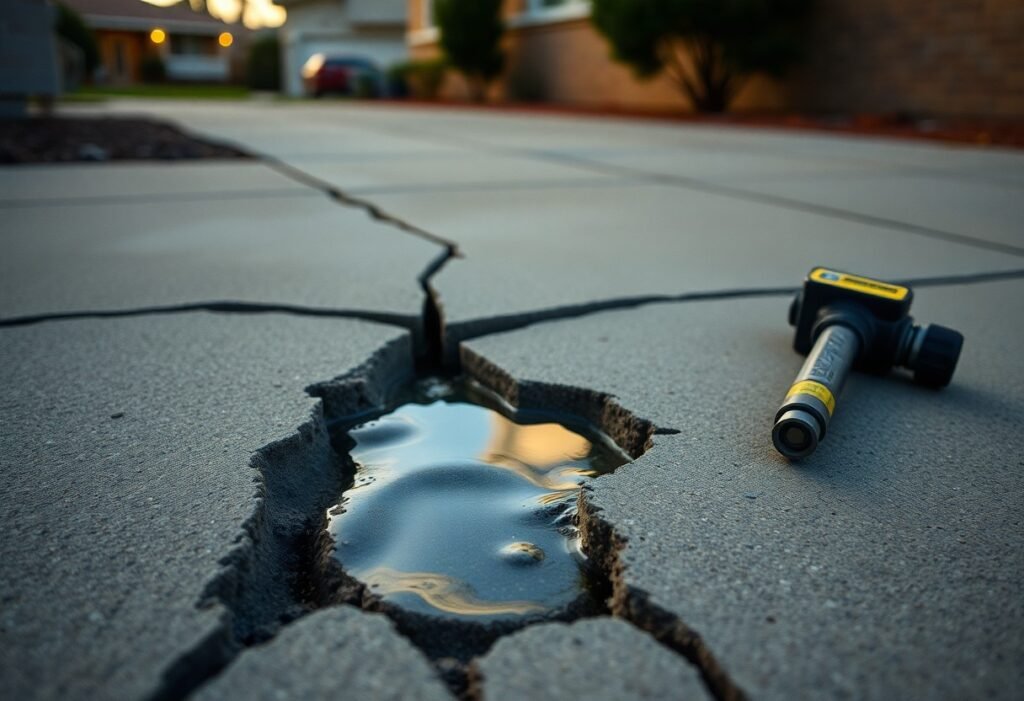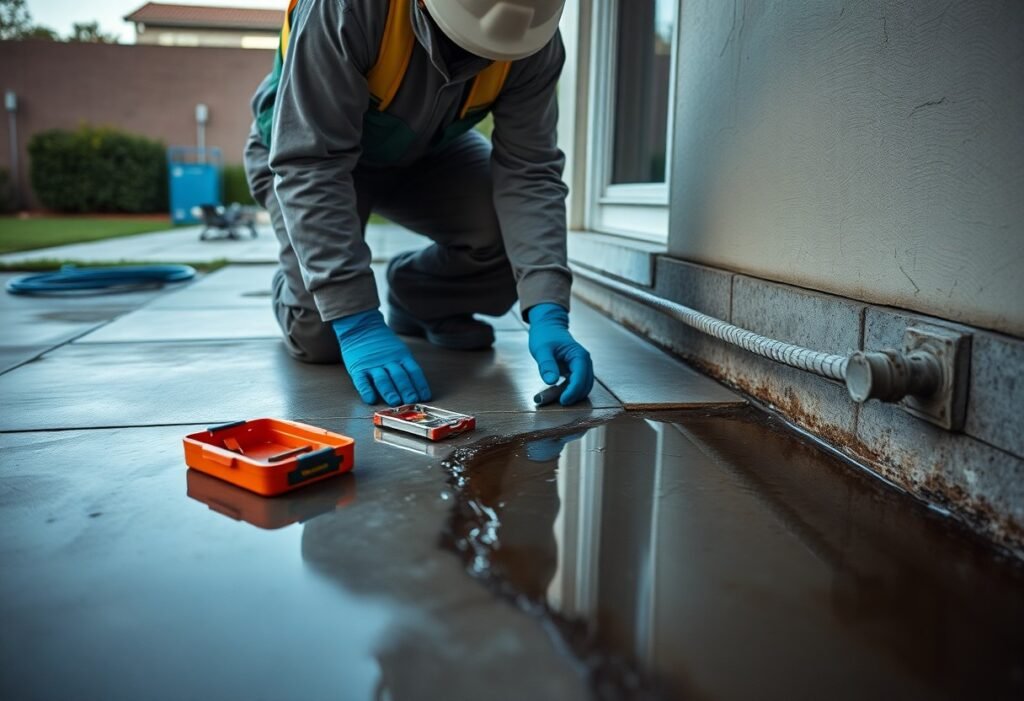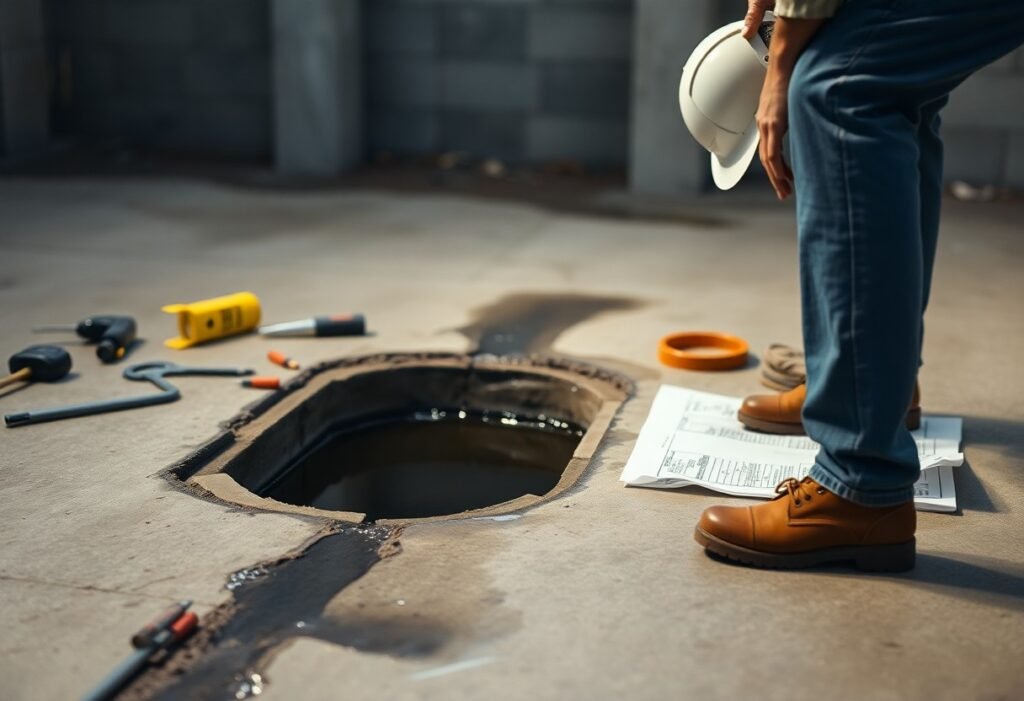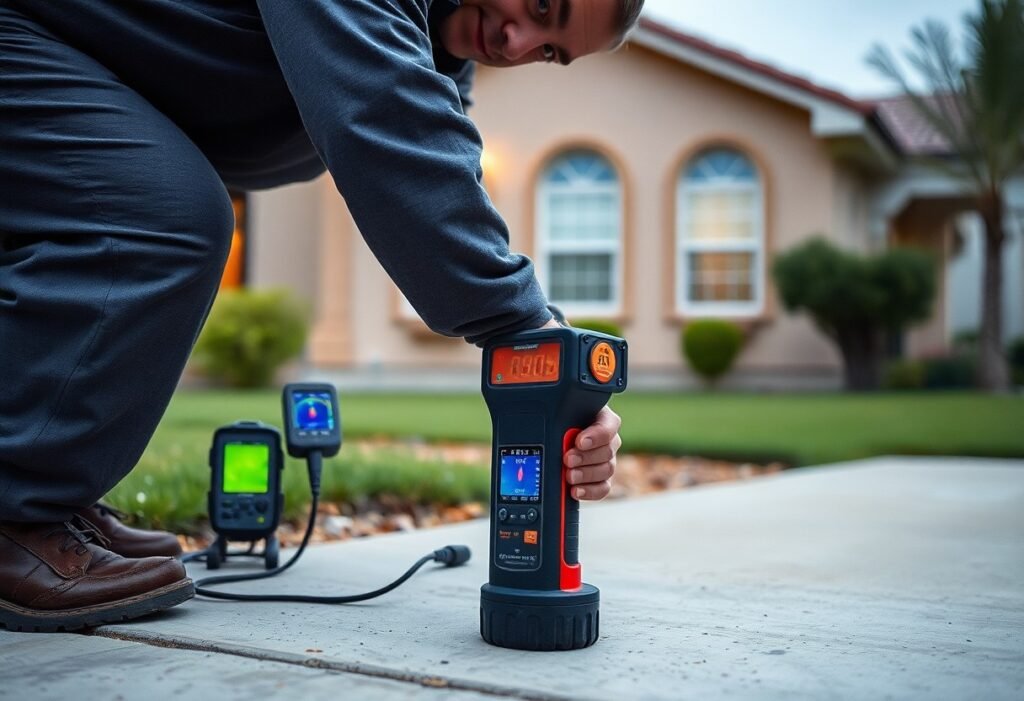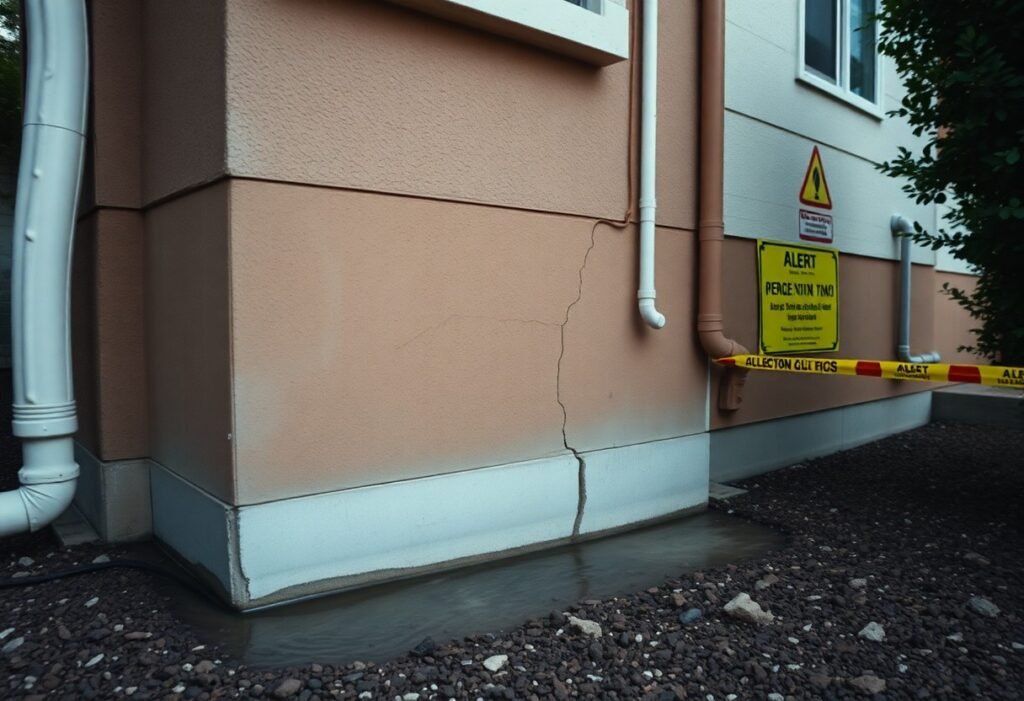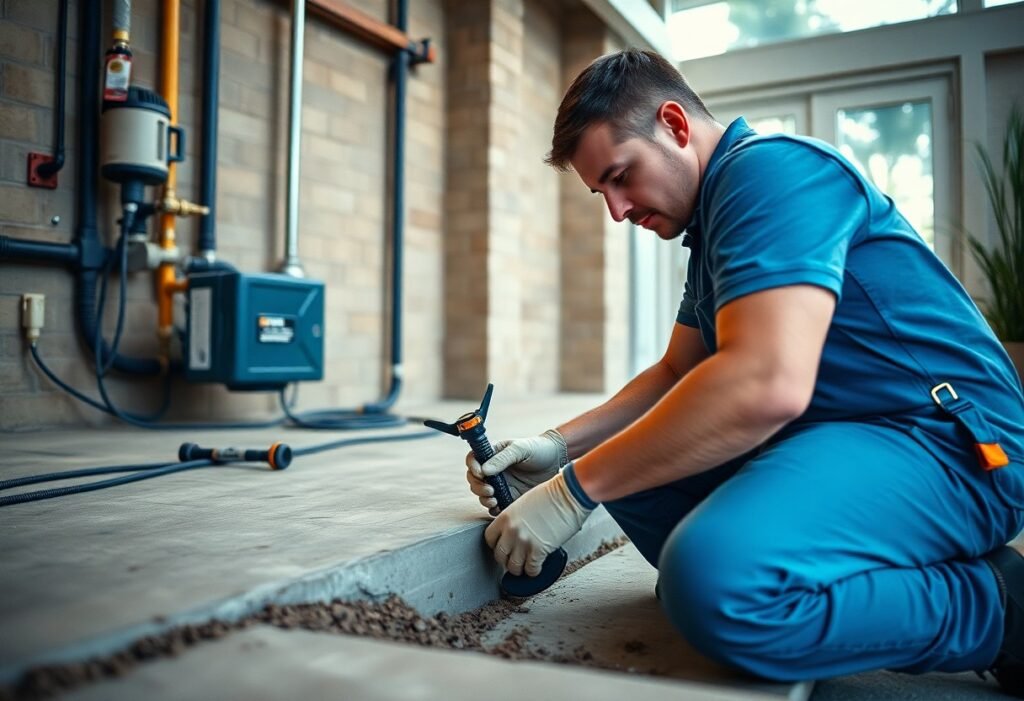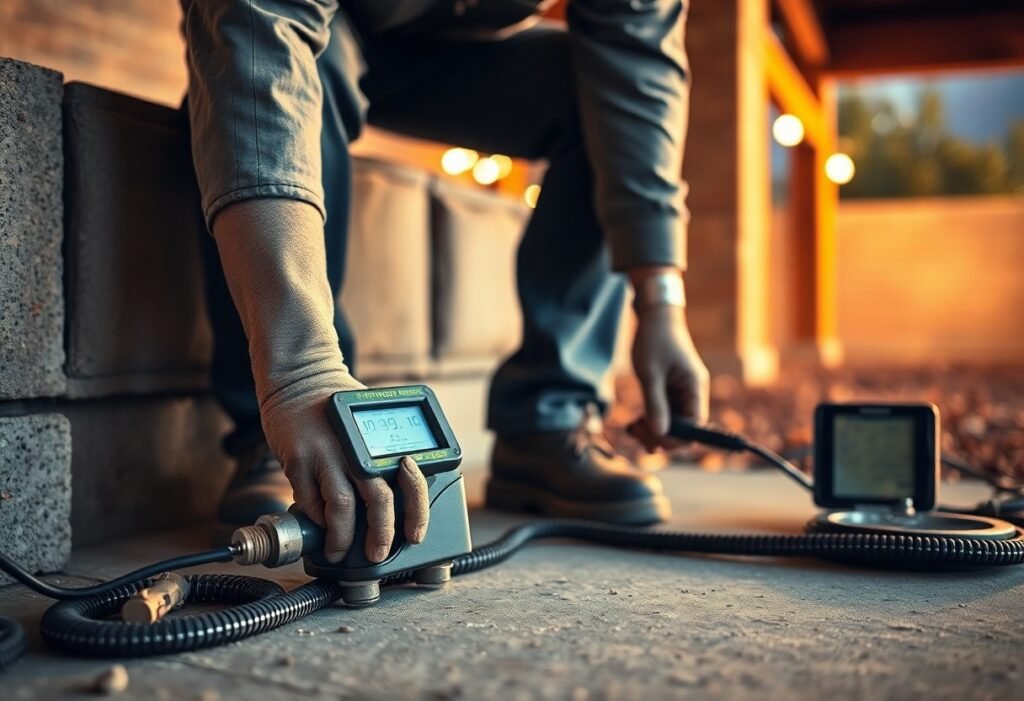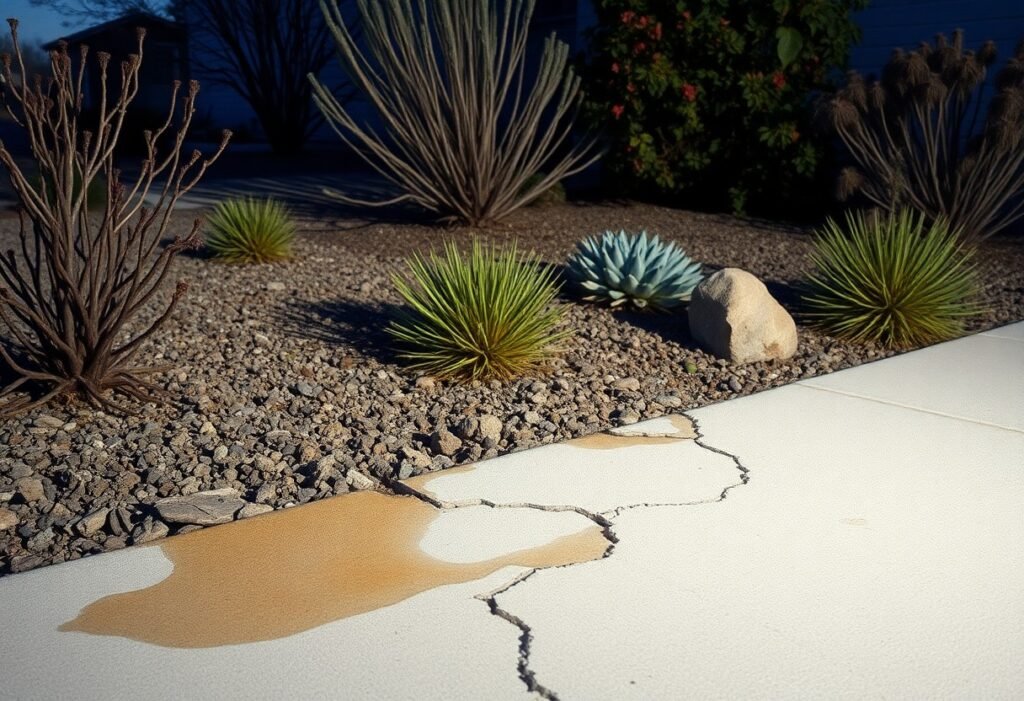Navigating Slab Leak Insurance Claims in Placentia, California

Leaks beneath your home’s foundation can lead to significant damage and costly repairs, making it important to understand how to navigate slab leak insurance claims in Placentia, California. You may encounter various challenges during the claims process, but taking the right steps can ensure you receive the coverage and support you need. This guide will equip you with the knowledge to effectively manage your claim, from identifying the leak to understanding your policy’s coverage limits. Stay informed to protect your property and secure the assistance you deserve.
Key Takeaways:
- Understanding your homeowners insurance policy is vital; coverage for slab leaks varies by provider and may include specific exclusions or limits.
- Documenting the damage thoroughly through photos and reports can strengthen your claim and expedite the insurance process.
- Engaging a professional to assess the leak and provide a detailed report can enhance your negotiation position with the insurance company.
The Costly Consequences of Slab Leaks in Placentia
Ignoring a slab leak can lead to dire consequences for homeowners in Placentia. Water damage can infiltrate your home’s foundation, causing structural instability and fostering mold growth. As the situation deteriorates, you might face rising repair costs, which can escalate into thousands of dollars. The longer a slab leak persists, the more extensive the damage will be, affecting not just your property but also your peace of mind.
Identifying the Damage: Signs of a Slab Leak
Detecting a slab leak early can save you from more extensive and costly repairs down the line. Common signs include the presence of damp floors, a sudden increase in your water bill, and the sound of running water when no faucets are in use. Additionally, you may notice cracks in the walls or foundation, and in severe cases, you might find mold or mildew developing, signaling that moisture has already penetrated your living space.
Financial Implications: Repair Costs and Property Value
The financial aftermath of a slab leak goes beyond immediate repair costs. Once the leak is identified, the average expense for repairs can range from $2,000 to $10,000, depending on the severity of the leak and accessibility issues. Moreover, if the damage compromises your home’s structural integrity, you could see a diminished property value, making it vital to address slab leaks promptly to avoid long-term financial consequences.
When you factor in the potential loss of property value due to a slab leak, the stakes become even higher. Properties that show signs of water damage may deter potential buyers, making them less competitive in the market. Furthermore, if repairs are extensive or if mold becomes a concern, you might face additional costs related to temporary housing during repairs. Properly documenting repairs and maintaining records can be beneficial not just for insurance purposes but also for preserving your home’s value in the long run.
Insurance Policies Unpacked: What to Look For
Your insurance policy is your first line of defense when dealing with slab leaks. Carefully scrutinize your policy to understand the specifics of water damage and slab leak coverage. Not all policies are created equal, and some may offer comprehensive coverage while others provide minimal assistance. Look for terms like “sudden and accidental,” which might indicate that you have better protection for unexpected leaks. Additionally, be attentive to any language that specifies limits or conditions to your coverage. This awareness can significantly influence your financial recovery process should a slab leak occur.
Coverage Variances: Water Damage vs. Slab Leaks
Many homeowners confuse general water damage with slab leak coverage, but they are not the same. Water damage from a burst pipe may be covered under most policies, while slab leaks might depend on the source of the leak and the policy’s specific language. If the slab leak is considered gradual damage or wear and tear, coverage may be denied. Evaluate your policy to determine how slab leaks are categorized and any distinctions made between water damage resulting from external sources versus internal plumbing issues.
Common Exclusions: What Your Policy Might Leave Out
Policy exclusions can often be the difference between financial relief and a painful out-of-pocket expense. Many homeowners insurance policies exclude damage caused by wear and tear, lack of maintenance, or slow leaks, which typically encompasses slab leaks. This means if you didn’t identify the leak until serious damage occurred, your claim could be denied. Some policies may also limit coverage for repairs initiated without prior approval from the insurance company, which can complicate claims. Familiarizing yourself with these exclusions can save you from unexpected surprises during a claim process.
Specific common exclusions may include situations that many homeowners are unaware of. For example, if a slab leak is determined to be from poor installation or faulty materials, your policy might not cover those damages, as they fall under the category of construction defects. Claims related to gradual leaks that have been happening over time might also face challenges. In fact, some providers have strict timelines for reporting damage; failing to notify your insurer promptly can lead to reduced coverage or outright denial. Understanding these nuances can empower you to take necessary preventative actions and improve your chances of a successful claim when it matters most.
The Claims Process: A Step-by-Step Guide
Navigating the claims process for slab leak damage can be overwhelming. By following a structured approach, you can streamline your claim and increase the likelihood of a successful resolution. Start by reporting the issue to your insurer, gathering crucial documents, and ensuring you understand your policy’s coverage. For a more detailed understanding, check out The Unseen Peril Beneath Your Home: Navigating Slab Leaks … for insights on handling slab leak claims effectively.
Claims Process Steps
| Step | Description |
| 1. Report the Damage | Contact your insurance provider immediately to report the slab leak. |
| 2. Document the Damage | Gather evidence, including photographs and repair estimates. |
| 3. Submit Your Claim | Fill out your insurer’s claim form and submit your documented evidence. |
| 4. Follow Up | Stay in regular contact with your claims adjuster for updates. |
| 5. Review Settlement Offer | Carefully review any settlement offers before accepting. |
Documenting the Damage: Evidence You Need
Building a strong case for your slab leak claim hinges on thorough documentation. Photograph the affected areas, including any visible water damage and mold growth, to illustrate the problem’s extent. Keep receipts for any immediate repairs or services performed, as these can further substantiate your claim.
Engaging with Your Insurer: Best Practices for Communication
Effective communication with your insurer can significantly affect the outcome of your claim. Provide clear and detailed descriptions of the damage and any repairs you’ve undertaken. Maintain a record of all correspondence, noting who you spoke with and what was discussed. This organized approach can help ensure that your claim is processed smoothly and efficiently.
Proactive communication shows your insurer that you are committed to resolving the issue. Address any questions they have promptly to avoid delays. If your claim is large or complex, consider enlisting professional help to navigate discussions and negotiations. Establishing clear timelines for responses and actions can also help both parties remain on track, minimizing frustrations for you and ensuring comprehensive coverage is addressed.
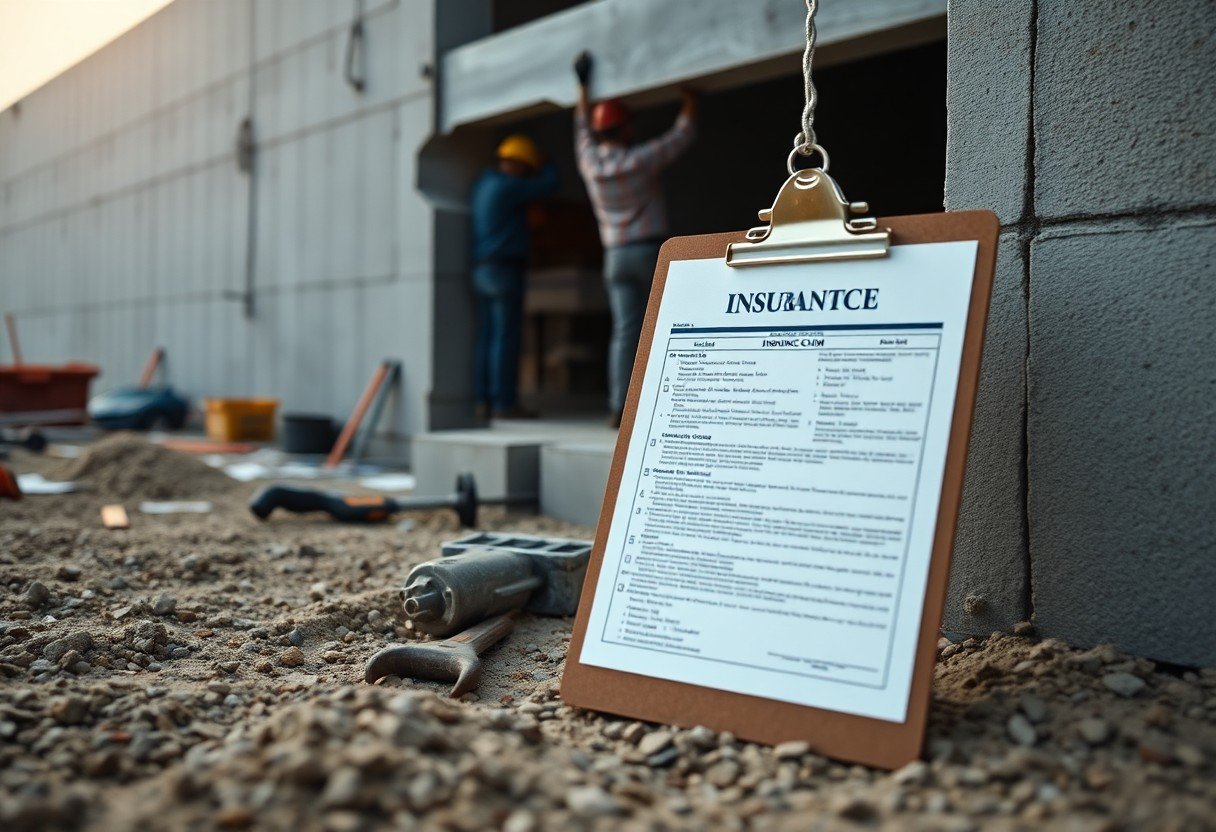
Overcoming Common Insurance Claim Pitfalls
Many homeowners face common hurdles when filing insurance claims for slab leaks, such as documentation issues or slow responses from insurers. Being proactive is important; gather all relevant evidence, including photos, repair estimates, and detailed descriptions of the damage. Maintain organized records and follow up consistently with your insurance adjuster. By approaching the process systematically, you can greatly enhance your chances of a successful claim and avoid unnecessary delays.
Dealing with Denials: Strategies to Fight Back
Insurance claim denials can feel like a significant setback, but they are not the end of the line. If your claim is denied, review the reasons carefully and gather any additional evidence that supports your case. Request a formal explanation from your insurer and consider submitting an appeal. Engaging a public adjuster can also help navigate the complexities of your denial, as they possess the expertise to represent your interests more effectively.
Highlighting the Importance of Timely Claims Submission
A critical aspect of maximizing your slab leak insurance claim lies in the timing of your submission. Delaying your claim can lead to significant challenges, such as missed deadlines or diminished coverage. Insurers often have specific time frames within which claims must be filed, sometimes ranging from a few days to several months after the incident. For example, if you wait beyond your policy’s stipulated period, your insurer may refuse to honor your claim, leaving you to bear the entire cost of repairs. Prompt action not only preserves your coverage but also demonstrates your commitment to resolving the issue swiftly.
Seeking Professional Help: When to Consult Experts
Consulting professionals during a slab leak insurance claim is vital, especially if your claim becomes complex. Engaging with experts who understand the intricacies of your situation can help streamline the process. Look to professionals when significant water damage presents itself, when the insurance payout seems inadequate, or when you’re feeling overwhelmed by negotiations. Their expertise can help ensure you secure the compensation you are entitled to while alleviating some of the stress that often accompanies such claims.
Insurance Adjusters vs. Public Adjusters: Understanding the Difference
Insurance adjusters are employed by your insurance company and work to protect its interests, while public adjusters operate independently on your behalf. Public adjusters can provide a deeper understanding of your claim, ensuring that all damages are thoroughly documented, and can negotiate with your insurance company for a fair settlement. Utilizing a public adjuster might be beneficial if you feel your claim is undervalued or mishandled by the insurance adjuster.
The Role of Legal Counsel in Complicated Claims
Your situation may require the expertise of legal counsel, especially when navigating complicated claims that involve disputes over coverage or settlement amounts. Having a lawyer who specializes in insurance claims can provide valuable guidance and representation, particularly in contentious negotiations where your rights might be challenged. Legal counsel knows the ins and outs of insurance law, which can be pivotal for successfully navigating claim disputes and protecting your interests in court, if necessary.
In cases where insurance companies delay processing your claim or deny coverage altogether, legal counsel becomes necessary. They can assess your specific circumstances, evaluate your policy’s wording, and advocate for you in negotiations with the insurer. For instance, if you’re faced with significant water damage and the insurer disputes the claim’s legitimacy, an attorney can leverage their knowledge and experience to challenge this decision and push for a fair resolution. Additionally, they can help gather the necessary evidence and documentation, increasing your chances of receiving due compensation.
Final Words
Summing up, navigating slab leak insurance claims in Placentia, California can be a straightforward process if you understand your policy and follow the appropriate steps. By thoroughly documenting the damage and maintaining clear communication with your insurance provider, you can enhance your chances of a successful claim. Engaging with professionals who specialize in both slab leak detection and insurance claim processes can further streamline your efforts. Stay proactive and informed to ensure that you protect your interests and recover the costs associated with any necessary repairs effectively.
FAQ
Q: What steps should I take immediately after discovering a slab leak in my home in Placentia, California?
A: Upon discovering a slab leak, it’s important to act quickly. First, turn off the main water supply to prevent further damage. Next, document the leak by taking photos or videos of the affected area. Contact a licensed plumber for a professional assessment and repair. Reporting the issue to your insurance company is also vital; they can guide you through the claims process and inform you about your coverage. Make sure to keep all receipts and records related to the repair for your insurance claim.
Q: How do I file an insurance claim for a slab leak, and what should I include in my claim?
A: To file an insurance claim for a slab leak, start by contacting your insurance provider to report the incident. You will typically need to provide details such as the date of the leak discovery, the extent of the damage, and any repairs made or required. Include documented evidence like photos, videos, and receipts from plumbing services. Depending on your policy, coverage for water damage resulting from a slab leak may vary, so ensure you highlight all affected areas and potential personal property damage in your claim submission.
Q: Are there specific insurance coverages I should look for when choosing a policy for slab leak protection in Placentia?
A: When opting for an insurance policy that covers slab leaks, look for provisions related to water damage, particularly for “sudden and accidental” incidents. It’s beneficial to have coverage for both the repair of the plumbing issue and any resultant damage to your home, such as flooring or structural impacts. Additionally, inquire about any endorsements or add-ons that could improve your coverage for leak-related issues. Clarifying these details with your insurance agent will ensure you have adequate protection in case of a slab leak.

